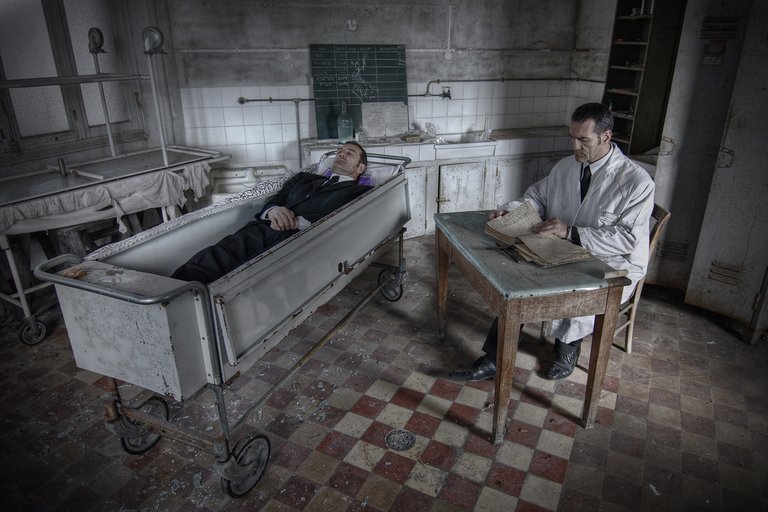When humans die, we bury our dead but then we have a tradition of embalming our dead. Some people do not embalm for religious sake, but a lot of people and then it begs the question “is embalming really necessary?” Does it have any benefit to hygeine or any other form of benefit?
The word embalming is to slow down the decomposition process of a living matter whoch could be human or any other previously living being so as to maintain its physical properties. Actually, it practically entails draining the blood and replacing it with chemicals which are usually formaldehyde based to disinfect and to slow its decomposition thereby allowing it to maintain its appearance.
With arterial embalming, preservatives are injected into the arteries of the dead, while with cavity embalming, the internal organs are dealth with directly. With humans in recent times, it is just a preservation for a short period of time allowing relatives and friends the time to say goodbye to their loved ones and this is not like mummification where the body is preserved for life.
With embalming, it’s been a long time it began but in the west, it began after the American Civil war where bodies of soldiers had to be preserved so their families could bury their dead. Ever since, its growth and acceptance has become so popular that it has become a norm in so many countries.
If we are to look at public health, embalming is not necessary and if a person dies from natural cause, lauing them to rest afterwards isn’t a bad idea. When we talk about disease transfer, the risk of transferring disease from a person who died of natural causes is minimal especially when it is done within few days after death and the person is preserved using refreigeration or dry ice. At the end, embalming is a thing of culture and location, and not a necessity.
Embalming has its effect on the environment as it is toxic and can sip out to the ground after the dead has been buried. Around the world, thousands of gallons of embalming chemicals are used yearly just to make a body look good for open casket funerals which will then return back to the environment, and hurt the environment.
Asides the imput it has when it comes to hygeine, embong is great for medical research. With embalming, we have been able to learn a lot about our anatomy and this has improved medicine and public health. If you intend to take your time to prepare for the funeral of your loved ones, embalming is the route to go so you can prevent microbial growth on them, while still preaerving their look.
REFERENCE
https://study.com/academy/lesson/embalming-process-purpose.html
https://www.nwpii.com/ajbms/papers/AJ20180203.pdf
https://www.sciencedirect.com/topics/medicine-and-dentistry/embalming
https://pmc.ncbi.nlm.nih.gov/articles/PMC3931544


Thanks for your contribution to the STEMsocial community. Feel free to join us on discord to get to know the rest of us!
Please consider delegating to the @stemsocial account (85% of the curation rewards are returned).
Thanks for including @stemsocial as a beneficiary of this post and your support for promoting science and education on Hive.